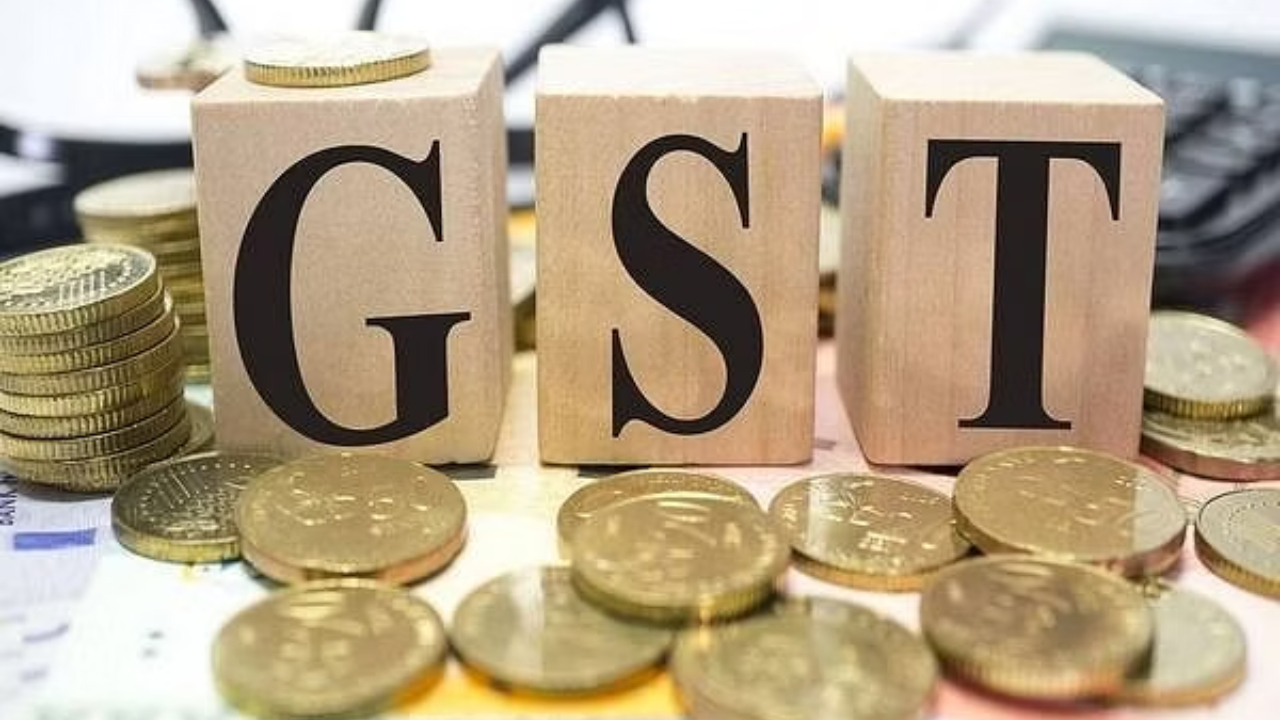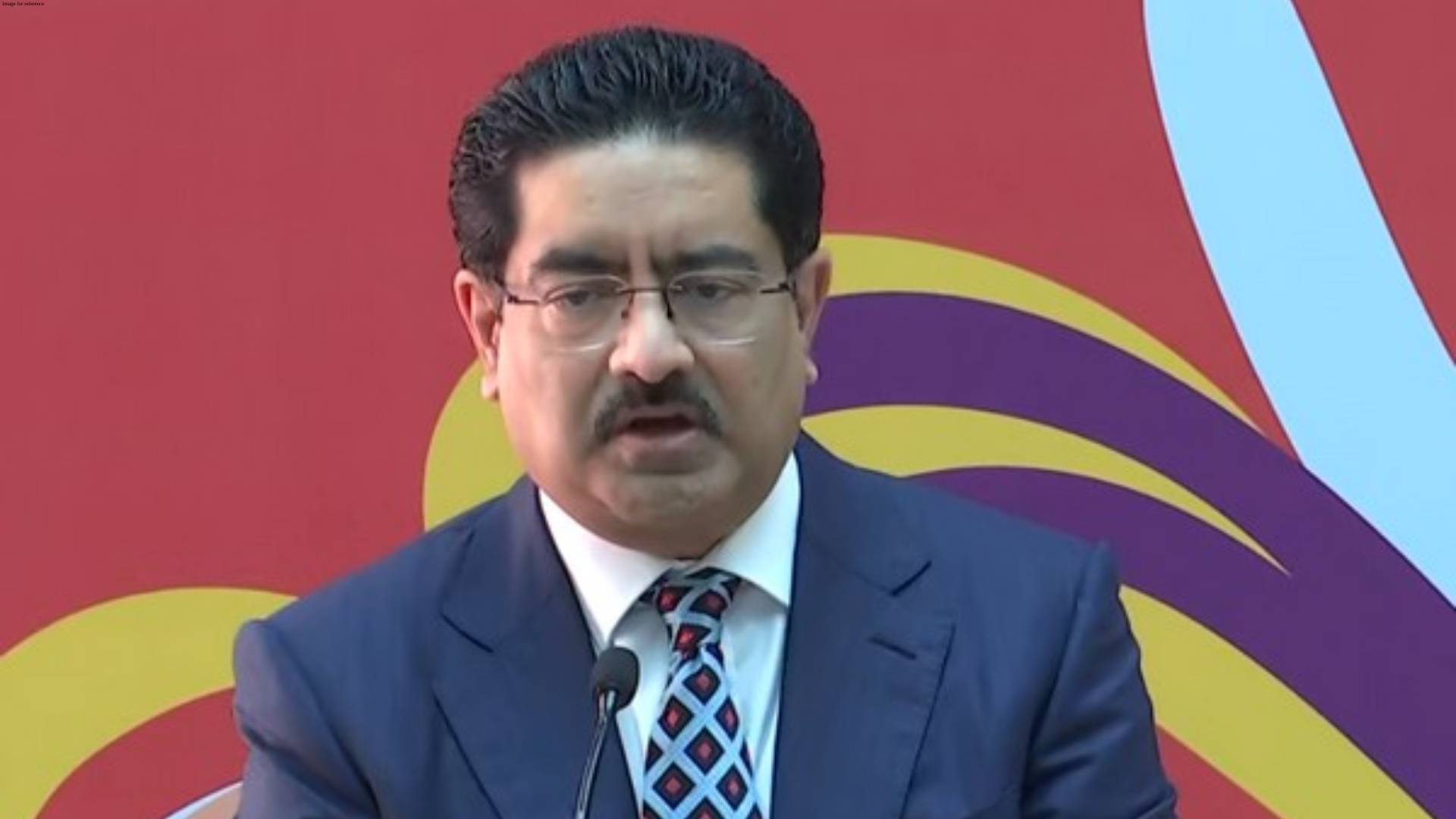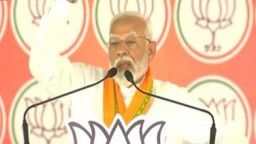Latest News
India's first quarter GDP grows 13.5 pc; Here's what analysts have to say

New Delhi: Powered by a favourable base effect, India's gross domestic product (GDP) grew 13.5 per cent in the first quarter of the current financial year (April-June) as compared to 4.1 per cent in the previous quarter, according to the official data released on Wednesday.
Though the Q1 growth was lower than the Reserve Bank of India's estimate of 16.2 per cent for the first quarter of 2022-23, it was the sharpest growth in the Indian economy in a year. India's real GDP or Gross Domestic Product (GDP) with 2011-12 as the base is estimated to attain a level of Rs 36.85 lakh crore, as against Rs 32.46 lakh crore in the same quarter of 2021-22.
During the first quarter of 2021-22, the GDP was 20.1 per cent.
Following are some of the views from analysts and experts on the latest GDP data:
Nikhil Gupta, Chief Economist at MOFSL group
From a GDP perspective, private consumption grew much faster than expected, while the government consumption growth was lower and investments were slightly higher. Notably, RBI expected 16 per cent growth in Q1, with 6.2/4.1/4 per cent growth in the subsequent quarters. Assuming no change in Q2-Q4 projections, today's Q1 data suggests that RBI's FY23 growth forecast will be revised down to 6.7 per cent from 7.2 per cent earlier. We, on the other hand, have revised our forecast to 6.5 per cent, up from 6.3 per cent earlier.
Overall, it confirms that growth recovery is not so strong in India. It ideally implies that monetary tightening should be not very aggressive. However, it appears that the terminal repo rate will be 5.75-6 per cent in this cycle with 1-2 more rate hikes, ending the cycle in December.
Nish Bhatt, Founder and CEO of Millwood Kane International -- an Investment consulting firm
The Q1 GDP data at 13.5 per cent, a double-digit growth may optically look high. But it is lower than most estimates. This quarter was not affected at all by the pandemic. The lower than expected data is despite the private consumption.
The contact-oriented services, hotel, and trade provided a boost to the overall data. While it is encouraging to see growth in the agriculture output, the manufacturing segment was a big drag. The growth in the construction segment indicates higher demand for cement, steel, and other allied segments.
A good monsoon may provide a boost to Q2 growth. Going forward, oil prices, geopolitical tensions between Russia-Ukraine, and a slowdown in the West will guide global growth.
Madhavi Arora, Lead Economist at Emkay Global Financial Services
The GDP print for 1QFY23 was largely in line with our expectations, growing 13.5 per cent, led by led by a recovery in the services sector. The strong year-on-year growth partly also is led by a favourable base effect, as 1QFY22 growth was severely impacted by the Covid Delta wave. The GDP print was a mixed bag, largely a story of service sector rebound which also was visible in the private consumption print on the expenditure side.
However, manufacturing has remained a disappointing print, while utilities have remained resilient since the pandemic normalized.
Going ahead, we see a secular downturn in the growth print ahead, as the base effect fades and the economy also slows sequentially. We maintain growth may remain at 7 per cent for the year, albeit with the downside risk. Going ahead, even as recovery in domestic economic activity is yet to be broad-based, global drag in the form of still-elevated prices, shrinking corporate profitability, demand-curbing monetary policies and diminishing global growth prospects weigh on the growth outlook.
Vijay Kalantri, Chairman at MVIRDC World Trade Center Mumbai
The double-digit growth was because of the low base effect as the first quarter of last year was affected by the pandemic-led lockdown.
This strong growth is also contributed by labour-intensive sectors such as construction, hotels, tourism and real estate, which is a sign of broad-based recovery in economic activity. A key cause of concern is the record share of imports in GDP.
The share of imports in the first quarter of real GDP has crossed the record level of 30 per cent, which reflects the growing import dependence of the country. We hope to see this record import share decline in the coming quarters led by moderation in the import of coal, gold and precious gems.
Vivek Rathi, Director - Research at Knight Frank India
Although domestic economic activities remained resilient to global headwinds during Q1 FY23, a high level of inflation led to moderation in real GDP in the economy. In Q1 FY23, consumer inflation averaged 7.3 per cent. High global commodity prices along with sharp rupee depreciation led to increasing import inflation leading to an overall price increase in the economy.
The impact of inflation and increased import costs can be seen in a quarterly contraction in both personal as well as government consumption expenditure which contracted by 2.4 per cent and 10.4 per cent from March 2022.
In the coming months, India's economy would face headwinds primarily arising from a widening trade deficit as a result of decelerating exports due to the global demand slowdown. Additionally, investments in the economy could get hindered due to tightening borrowing costs and elevated input costs.
However, we are optimistic about India's economic outlook as the early indicators such as manufacturing PMI, GST collections etc. in the last few months have remained strong albeit global turbulences. The sustenance of strong domestic economic fundamentals is favourable for the real estate sector. So far, in the real estate sector, residential sales have continued to remain strong despite the fast rise in borrowing costs in the last few months. We expect the momentum to continue supported by strong macroeconomic fundamentals.
Anshuman Magazine, Chairman and CEO - India, South-East Asia, Middle East and Africa at CBRE
India's economy grew steadily despite global recessionary trends due to ongoing geopolitical crises and the highly volatile global financial market. The GDP data shows some base effect, but overall recovery was aided by growth in the core sectors coupled with pent-up demand in various sectors like real estate, retail and hospitality, and enhanced personal mobility.
Continued expansive vaccination coverage also supported the progress of the recovery. We remain optimistic about the economic outlook, including the real estate sector. (ANI)










.png)

.png)








